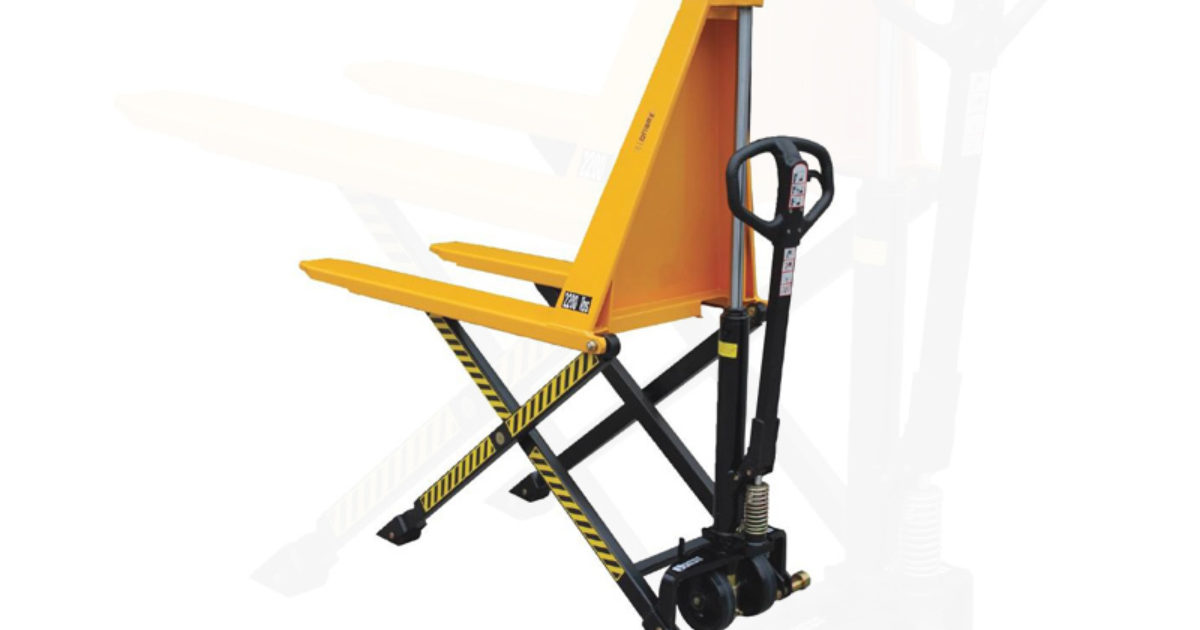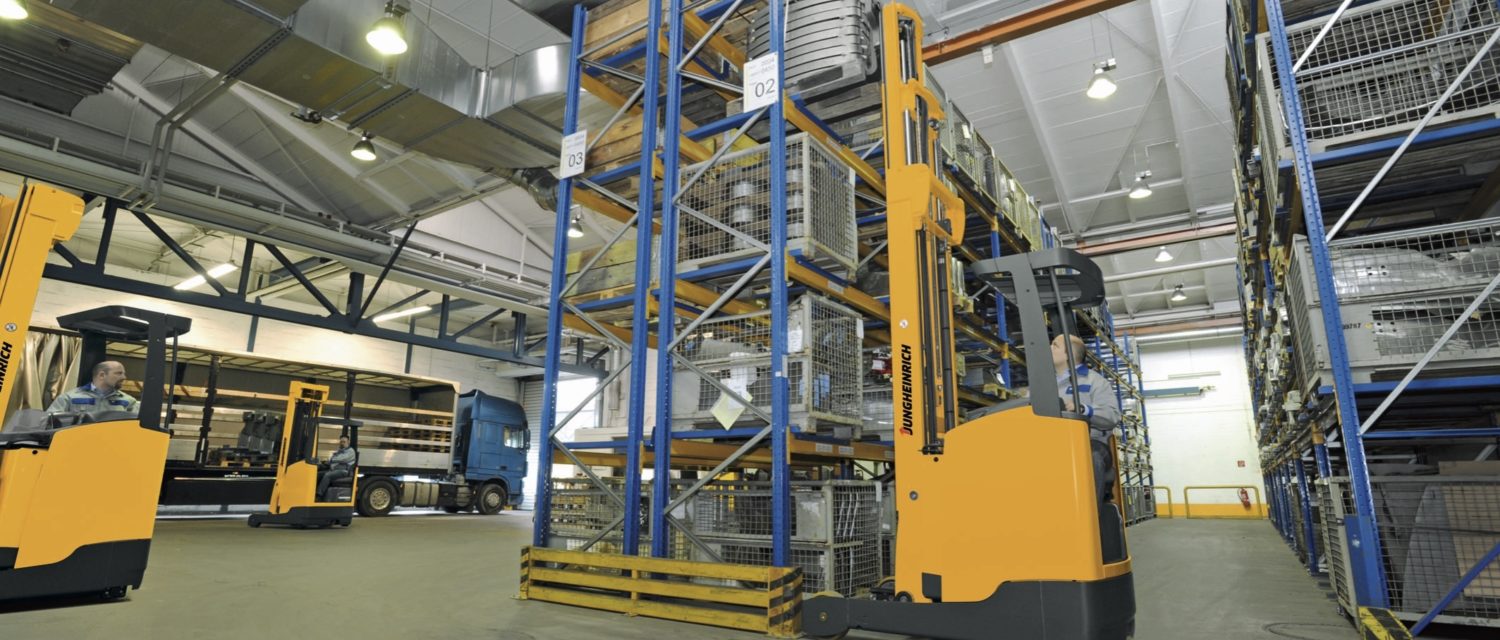A Look at a Manual Versus Electric High Lift Pallet Jack

If you are in the market for a high lift pallet jack, you need to understand the different types available for purchase before you actually buy. The two types of pallet jacks include manual and electric, and both have their own pros and cons. Because the price difference between these two types of pallet jacks is quite substantial, you will want to make sure that you evaluate all of the specs so you know which one is right for your specific application. Keep reading as we take a look at some of the features you should consider when deciding between an electric versus manual pallet jack.
[CUTOFF]Major Considerations
Before even looking at the details of a manual versus electric high lift pallet jack, it is important to consider the size of your workspace, how you plan to use the pallet jack, and what you can afford.
The Size of the Facility
An electric model is usually better suited for larger facilities, as manually transporting large pallets across a large space can be draining for employees. Small warehouses, on the other hand, usually call for manual pallet jacks because they are easier to maneuver in tight spaces than their electric counterparts.
Application Requirements
If you need your pallet jack to move large stacks of pallets, opt for an electric model. Electric pallet jacks usually boast a better design for easier lifting capabilities. Manual models tend to work better for lifting smaller loads.
Budget Limitations
While it might cost more initially to buy an electric high lift pallet jack, you must also consider the other costs associated with investing in industrial equipment. The following factors should be evaluated when purchasing a pallet jack so that you know what you can and cannot afford in the short- and long-term.
Initial Purchase Price: Obviously, you need to have the funds to pay for the equipment you are looking to purchase. Are you able to afford the initial cost of a more expensive piece of equipment? If you answered no, your decision between a manual and electric pallet jack will be a lot easier to make.
Maintenance Costs: The more complex the piece of equipment is, the more maintenance expenses you will incur. Be sure to calculate the maintenance costs associated with each piece of equipment to get a better idea of how much your pallet jack will cost you over time.
Time Management: Another long-term consideration is efficiency. Electric pallet jacks allow you to transport products more quickly than manual pallet jacks can, which can save you time and money in the long run.
Number of Units Needed: If you need more than one unit, costs can add up. For example, you can buy multiple manual jacks for the price of one electric model, making the manual jacks more cost effective if you need several units.
Manual Pallet Jacks
Manual pallet jacks are more common than electric models across the material handling industry. Some of the advantages and disadvantages of owning a manual model are outlined below.
The Pros
Less Expensive: Manual models cost a whole lot less than electric pallet jacks, which is why they are more common in material handing facilities.
Tough Piece of Equipment: Manual pallet jacks are extremely tough, dependable pieces of equipment. Thanks to their strong, solid design, maintaining them is much easier. In addition, a manual model is usually better able to weather the demands of busy facilities.
Lower Maintenance Costs: Because manual jacks have no electrical components, there is less to maintain. Their uncomplicated design also means that any repairs that do have to be made will take less time. Also, finding the right parts for a repair is significantly easier than it would be for electric models.
Easily Customizable: Manual models can be purchased with various fork lengths and widths, different fork heights, and materials for dry or wet working environments.
The Cons
Difficult to Maneuver: Because manual pallet jacks are powered by people, they can be more difficult and awkward to use.
More Worker Fatigue: Manual models put more physical strain on your employees, which leaves the potential for injuries.
Weight Limitations: Even if your pallet jack is rated for 5,000 pounds, your workers will not realistically be able to handle that much weight with a manual jack.
Electric Pallet Jacks
Electric pallet jacks are essentially just an automated version of a manual pallet jack. Below are some of the pros and cons of owning an electric model.
The Pros
Less Physical Strain: Electric models use assisted lifting, making it easier for workers to move pallets from point A to point B.
Increased Productivity: Electric pallet jacks can lower, lift, and move around much quicker than manual models.
Heavy Lifting: Because electric pallet jacks are automated, they are doing the heavy lifting for you, making it easier to transport big, heavy loads.
The Cons
More Expensive: Electric pallet jacks are more expensive upfront, but their ability to increase productivity will help them pay for themselves over time.
Increased Maintenance Costs: Because of their complexity, electric models require more time and money for maintenance and repairs.
More Training is Required: Operators are required to receive extra training before they can use an electric pallet jack because they are more complicated than their manual counterparts.
Before you buy a pallet jack for your facility, be sure to pay attention to the details of each model and to consider what you are using it for. If you still need guidance regarding what type of equipment would best suit your space, Darr’s warehouse solutions can pair the right machines with the right layout to maximize productivity in your facility. In fact, Liftmasters, a Darr Equipment company, has been appointed as an authorized distributor in Texas, meaning that you can trust our solutions. Contact us today to learn more.
